Congaree National Park is a birdwatcher’s paradise I discovered during a spontaneous road trip last spring.
With its ancient bottomland hardwood forest and diverse ecosystem, this almost secret spot houses some feathered residents you won’t easily find in your backyard.
Ready to grab your binoculars and meet six elusive avian treasures that make Congaree truly special?
1. Mysterious Melody-Maker: Black-Billed Cuckoo
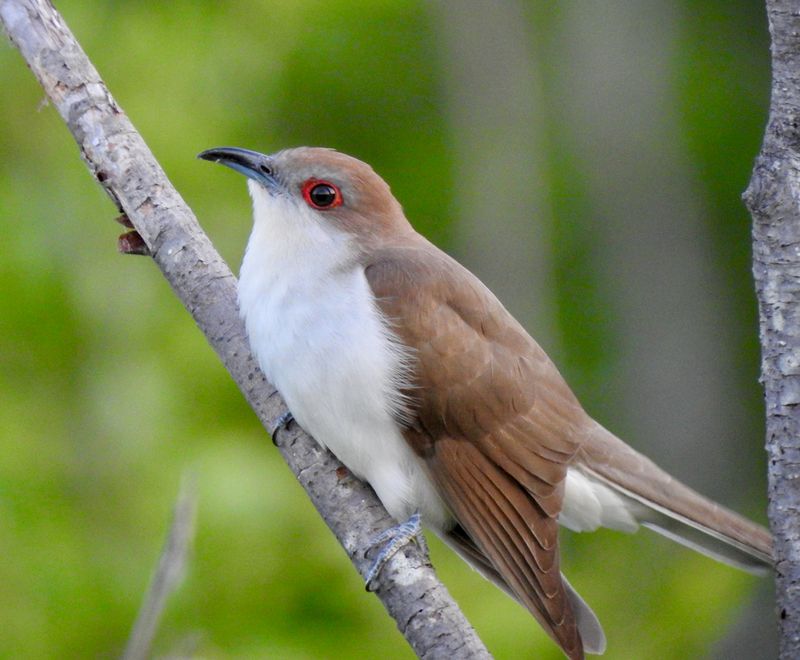
Last May, I nearly missed this secretive songster while hiking along Cedar Creek.
Unlike its yellow-billed cousin, this cuckoo sports a completely black bill and subtle red eye-ring. Their distinctive “cu-cu-cu” calls echo through the forest before summer rainstorms, earning them the nickname “rain crow” among locals.
These long-tailed birds feast primarily on caterpillars—even the hairy ones other birds avoid! They typically visit Congaree between May and September during breeding season before migrating to South America.
2. Golden-Billed Forest Ghost: Yellow-Billed Cuckoo
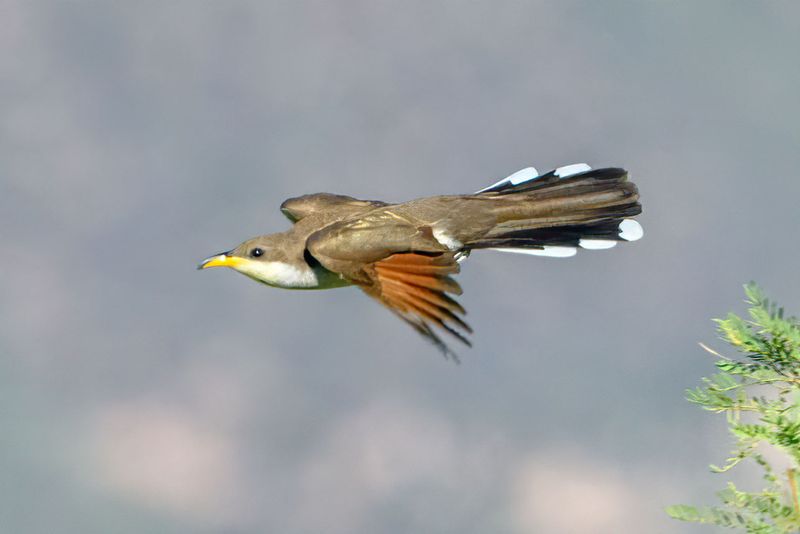
This elegant bird measures about 12 inches long with warm brown upperparts and clean white underparts.
Their knack for devouring tent caterpillars by the hundreds has earned them the charming nickname “rain crow” among locals. Listen for their distinctive “ka-ka-ka-ka-ka-kow-kow-kowlp-kowlp-kowlp” calls echoing through the park from April through September.
You’ll truly enjoy it!
3. The Butcher Bird: Northern Shrike

Don’t let their innocent appearance trick you—Northern Shrikes are fierce hunters with hooked beaks perfect for capturing everything from insects to small mammals.
Their most macabre habit? Impaling prey on thorns or barbed wire to create natural larders, earning them the nickname “butcher bird.”
Look for their distinctive black mask, gray upperparts, and white underparts during cold months. Their presence transforms Congaree’s peaceful landscape into a reminder of nature’s fascinating brutality.
4. Golden Swamp Jewel: Prothonotary Warbler
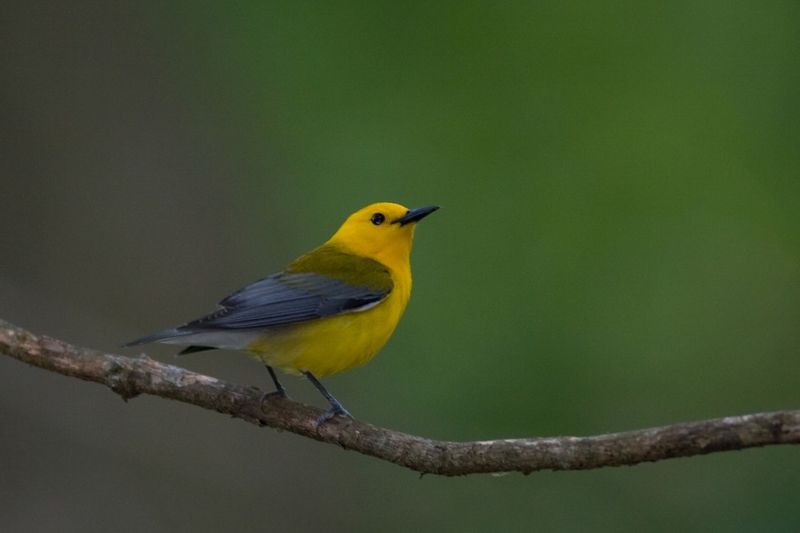
The first time I saw a Prothonotary Warbler (Protonotaria citrea), its brilliant yellow plumage literally stopped me in my tracks along Congaree’s boardwalk.
These birds practically glow against the dark waters of the park’s swampy areas during spring and summer months.
They are one of only two warbler species that nest in holes rather than building cup nests. Their sweet, ringing songs animate the flooded forests from April through August.
Females lay 4-6 eggs in abandoned woodpecker holes or nest boxes, often directly over water. Their population has declined due to wetland loss, making Congaree an important sanctuary.
5. Marsh Phantom: Sora Rail
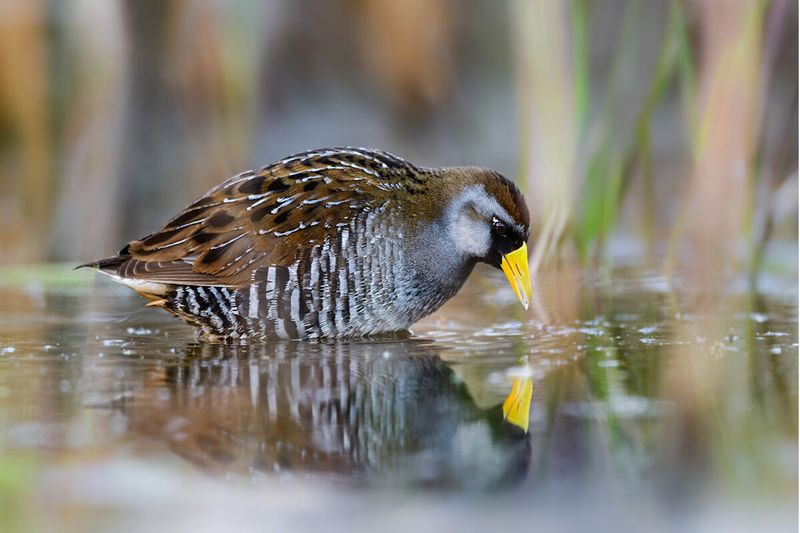
The Sora (Porzana carolina) is the ninja of the rail family—heard far more often than seen as it creeps through dense marsh vegetation at dawn and dusk.
These chicken-sized birds with gray-brown plumage, black faces, and yellow bills are masters of stealth. Their distinctive descending whinny calls and steady notes reveal their presence when visual confirmation seems impossible.
During migration seasons, Congaree’s wetlands host these secretive travelers. Patient observers might glimpse Soras at the edges of marshes. Their comically large feet help them walk atop lily pads without sinking!
6. Lost Treasure: Bachman’s Warbler
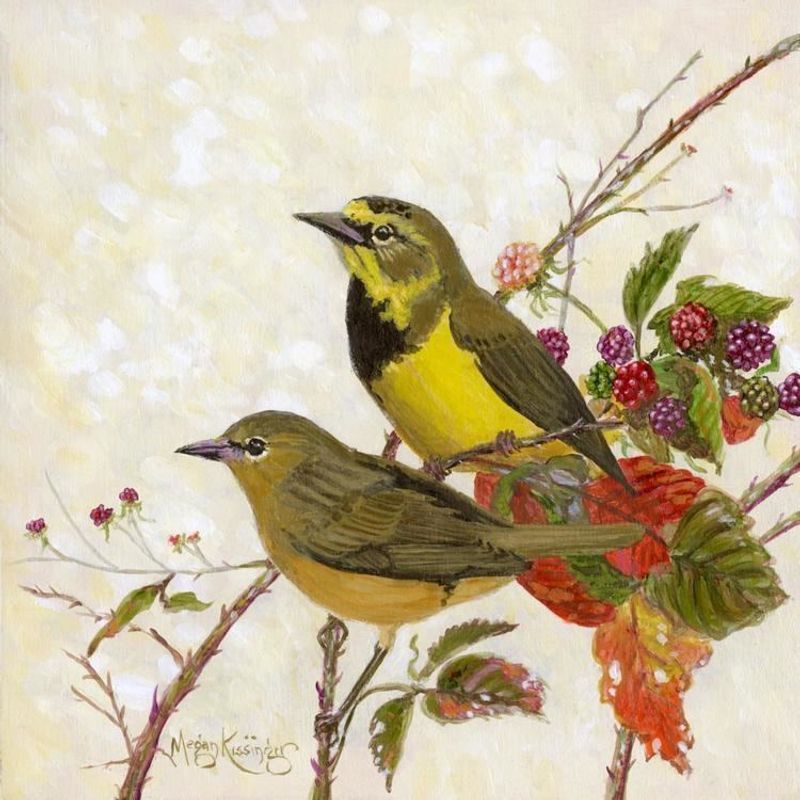
The holy grail of Congaree birdwatching isn’t one you’ll likely check off your list. Here’s the thing: Bachman’s Warbler (Vermivora bachmanii) is tragically presumed extinct.
The last confirmed sighting in the United States was in 1962, and Congaree’s old-growth forests were once prime habitat for these yellow-breasted, black-capped songbirds.
Named after Reverend John Bachman, an early naturalist, these small warblers preferred canebrakes and swampy thickets for nesting.
Their decline began in the late 1800s when their wintering grounds in Cuba were converted to agriculture. Though likely gone forever, some hopeful birders still search Congaree’s remote corners each spring.
